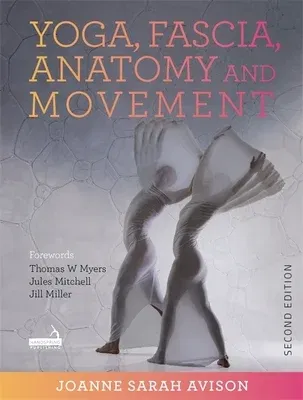"From Anatomy to Architecture, from Biomechanical to Biomotional and
from Classical to Connected "- speaks to all bodies, in all modalities;
in a world seeking unity and connection more than ever.
Yoga, Fascia, Anatomy and Movement was written partly as an appeal for
Yoga Teachers to appreciate the depth and breadth of Yoga as a science,
a movement practice and a philosophy that fundamentally espouses
"wholeness" as the basis of living anatomy and form. Yoga calls for
unifying who and how we are; and as teachers - how we can help our
clients (who are all different) move better.
Classical Anatomy (in the West) divides the body down into its component
parts and traditionally (unchanged for 400 years) reduces its
functionality to those parts; usually described in a 2D iconic forms and
founded in lever-based mechanics. In the East, such reductionism was
never espoused and Yoga, Fascia, Anatomy and Movement covers two huge
bases to bridge the difference and upgrade understanding of Yoga, to
21st Century anatomy:
The first is to recognise that the leading edge of Fascia Science
changes all those reductionist views (anatomically and biomechanically).
It is carefully explained in the first part of the book and shows how
the New Science of Body Architecture actually makes perfect sense of
yogic philosophy of union and wholeness.
The second is to take this paradigm shift and apply it in practice, to
the subtle understanding of the fascial architecture and how that helps
us move better. Yoga, Fascia, Anatomy and Movement attempts to ask
questions, find suitable research and make all this practical and
applicable to teachers and practitioners of all types. (Indeed, it
teaches "posture profiling" and creating Class Mandala's, to support
this). It is a contemporary yoga teacher's bible.

